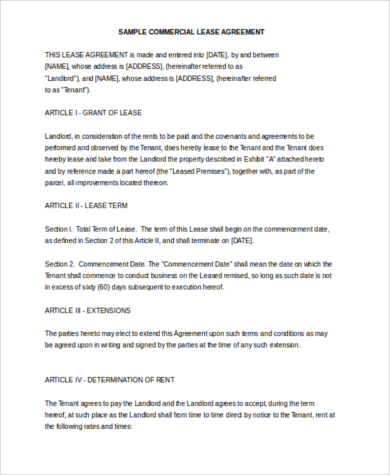
Maybe the tenant’s new job that caused the move, now allows remote work. When the clock and calendar are on your side, you have more chances to fix speed bumps before they wreck your revenue and tenant relationship. Even if your state allows for less from either party, giving 60 days’ notice is a best practice for leases that are not yet month-to-month. Just like you’re required to give them notice, a tenant must also give the landlord notice, although some states may allow less time for the renter. Many landlords and property managers set reminders to alert them 90 days before the agreement’s up to determine the tenant’s plans. Does my state require 30-day notice or 60-day notice? For instance, you might have to jump through unique legal hoops when selling, and the renter wants to stay. Your state may have specific rules for some of these cases. Unrentable property. You want to move yourself or a family member in, remodel, sell, or take the home off the market. Month-to-month tenancy end. The lease has expired, but you still must give the tenant adequate time to leave the property.ĥ. Just give the 30 or 60 days your state requires.Ĥ. Lease nonrenewal. Either party may have decided not to renew the lease. Causeless termination. If you live in a no-cause state, you can end the contract once it’s up for no reason at all.ģ. For example, you discover your tenant has an unallowed pet.Ģ. Broken lease terms. If the tenant violated the terms of the lease, but you don’t think there’s cause for speedy eviction. Before you make any action, check your state laws and lease agreement:ġ. When should I use a notice to vacate?įive typical situations arise where you would want to draft this letter. It just helps to remember the notice to vacate and the eviction notice are two separate documents. If the tenant doesn’t leave by the specified date in the notice to vacate, that becomes cause to start the eviction process. A notice to vacate can lead to an eviction notice. One other reason for the mental mix up is purely procedural. An eviction requires court action to remove the tenant from the property. Should I use a notice to vacate or an eviction notice?Ī notice to vacate is written when either party decides to end the relationship (for a good or bad reason or none at all). There’s even further confusion because others wrongly refer to the notice to vacate as in eviction notice. Technically, a notice to vacate, also called a lease termination letter, can either bring an early end to a lease agreement or confirm the nonrenewal of an expiring lease.Ī notice to vacate states the date and process that will result in “termination of tenancy,” or the end of the landlord-tenant agreement.

Tenants can also send their notice of intent to vacate to the landlord if they plan to move elsewhere on a month-to-month lease. They’re usually sent 30 or 60 days before the end of the lease. Both the landlord and the tenant can give such a form.Ī notice to vacate tells one party of the other party’s intention to end the lease. Part of the confusion is the two-way nature of this type of document. In practical terms, all three things mean roughly the same thing.

What’s the difference between a notice to vacate, a lease termination letter, and termination of tenancy? If you aren’t a landlord yet and are doing research to become one then read our ultimate guide to becoming a landlord. This short guide gives a rock-solid understanding of the terminology, answers frequent questions, and provides a sample letter template that can help you build your own. How do you make sure you give proper notice, avoid legal pitfalls, and protect your profits and property?

It’s time to say goodbye to your tenant for one reason or another.


 0 kommentar(er)
0 kommentar(er)
